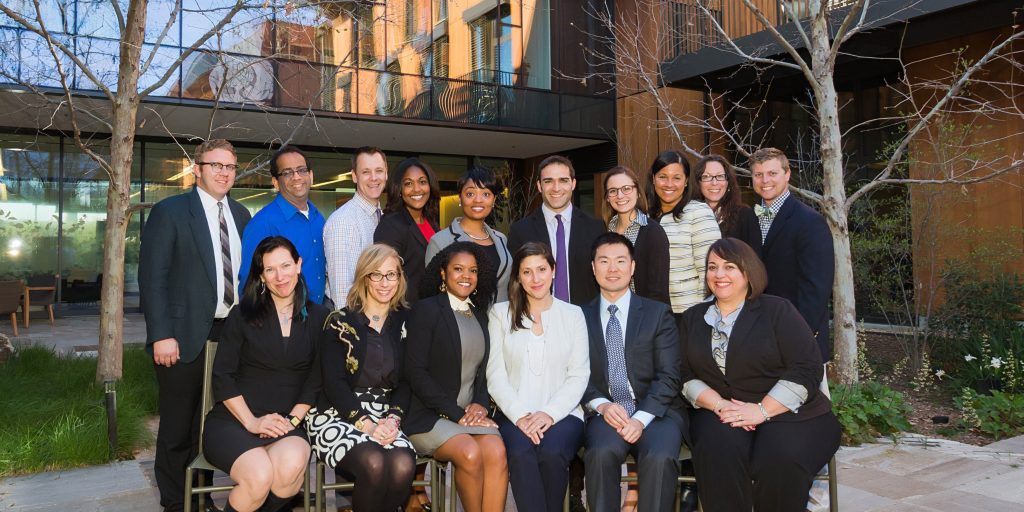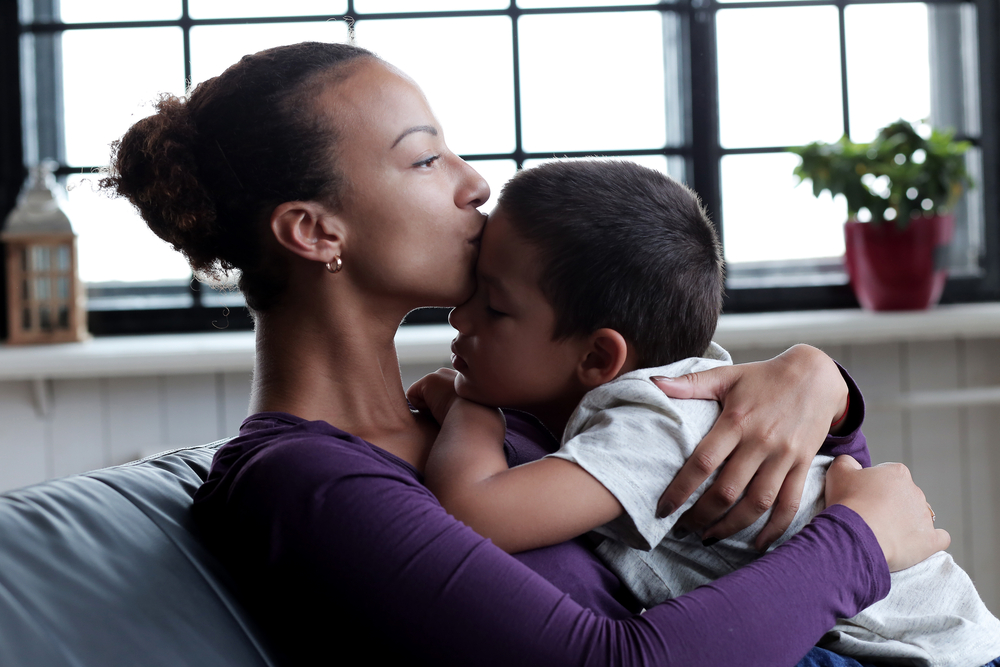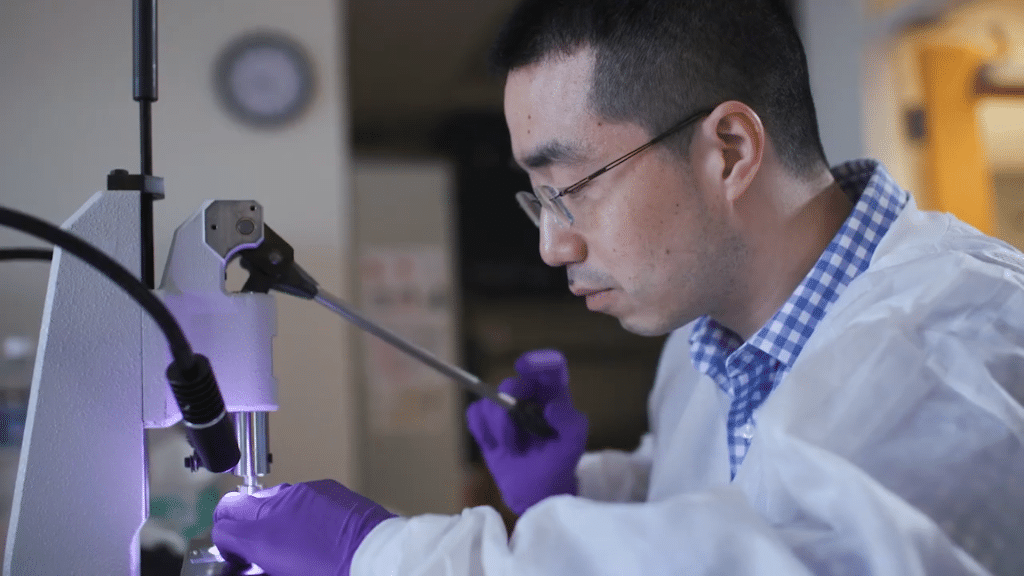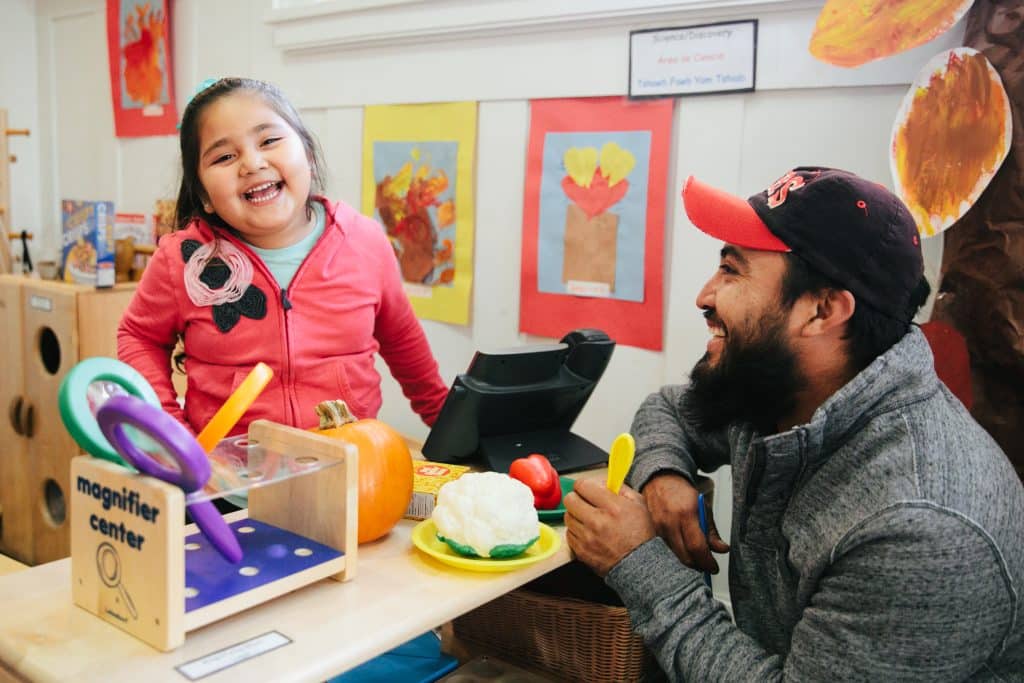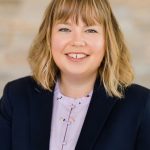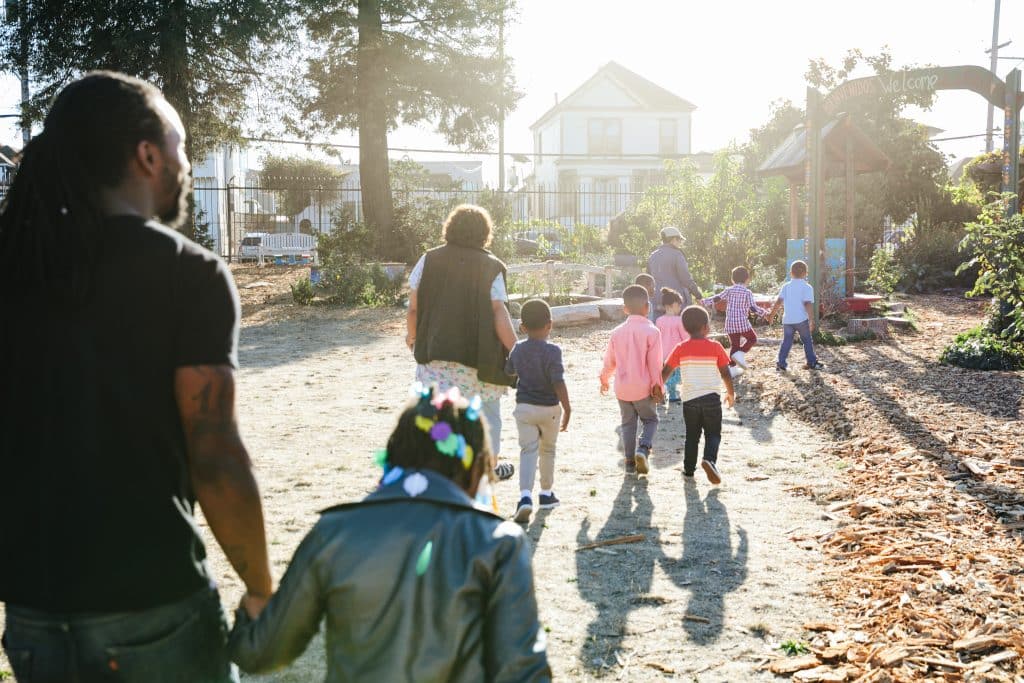The Children’s Health Leadership Network was launched in 2016 to answer a critical question: where will the next generation of champions for America’s children come from? A partnership between the David and Lucile Packard Foundation, the Annie E. Casey Foundation, and The Atlantic Philanthropies, the Network’s first class brought together 16 advocates working in states as diverse as Alaska, Georgia and New York.
The vision was to prepare emerging leaders to build on a generation of federal and state public policy wins that had moved the United States within striking distance of universal health coverage for children. But Network participants found those victories for children in jeopardy.
Threats to recent health coverage expansions were only the beginning. Investments that had laid the foundation for children’s health gains over a half-century were also at risk. As Network member Massey Whorley put it, “before, advocates believed some things were safe. Now everything’s on the table.”
Before, advocates believed some things were safe. Now everything’s on the table.
Fortunately, the Network experience had prepared participating advocates for the challenge. Race equity, data analysis, coalition-building, message development, and other content is grounded in a foundation of results-based leadership. Participants define and share the results they seek in terms of measurable improvements in health and well-being outcomes for children and families. They hold themselves and each other accountable, with periodic progress updates for faculty and peers. The Network challenges participants to test the limits of their own abilities, push the boundaries of their assigned roles, and critically evaluate the systems they aim to change—all for one purpose: to deliver results for children and families.
Facing proposals with the potential for real damage, Network members did what leaders do. They drew on their training, they leaned on their colleagues, they analyzed the new environment, they adapted their strategies, and they remained laser-focused on the results they wanted to achieve for children and families.
“I’m absolutely better able to adapt,” says Arkansas Network member Marquita Little. “I don’t know if I’d have been able to assess the political changes and recalibrate without the Network experience. The tools to do that analysis and the strategic planning foundation were invaluable—but it’s also the Network’s focus on results and the support to think creatively that you get when you work with people who share your commitment and your experience.”
The tools to do that analysis and the strategic planning foundation were invaluable – but it’s also the Network’s focus on results and the support to think creatively that you get when you work with people who share your commitment and your experience.
When Network member James Goddard assessed the landscape in Nebraska, he saw an opportunity. James adjusted his advocacy strategy, capitalizing on the momentum generated by national health care debates to engage new advocacy partners. Together, they were able to protect health coverage for 230,000 Nebraskans and set the stage for more effective health care advocacy in the future.
For Suzanne Brundage, a Network member from New York, the status quo hadn’t changed much, and that was the problem. Medicaid payment reform efforts with profound consequences for children were moving forward, using a process that didn’t address children’s unique health and developmental needs. Drawing on her Network training and the support of her Network colleagues, Suzanne stepped into a new role as coalition-builder, working with partners like the Schuyler Center for Analysis and Advocacy to shine a light on children’s needs. As a result, Medicaid payment reform decisions in New York began being made with a deliberate focus on children. “Before my experience in the Network, I was a policy analyst who worked in advocacy,” Suzanne says. “Today, I view myself as something really different—I’m an advocate and a leader.”
Today, I view myself as something really different—I’m an advocate and a leader.
Pennsylvania advocate Erika Fricke tapped her Network experience to build relationships with leaders who had diverse perspectives on healthcare. “We’re a state with lots of pride in delivering for kids, but we’re also a very complicated state with lots of different regions with different views,” says Erika. “We had built good relationships with stakeholders in Pittsburgh, but we really needed to connect with policymakers outside the city. By painting a picture of the impact of health policy on kids in their communities, we’ve been able to cross some of those divides, connect with a wider range of policymakers, and discover shared values and goals.”
When Massey Whorley recognized that health coverage expansion in Virginia was likely impossible in 2017, he relied on his Network experience and looked for other ways to deliver the health improvements he sought. While coverage was a divisive issue, the state’s opioid epidemic was a priority for an overwhelming majority of state policymakers. Massey adjusted his strategy accordingly, securing a $32 million increase in mental illness and substance abuse funding that responds to an urgent health need for Virginia families.
These and other members of the Children’s Health Leadership Network’s first class are stronger advocates today than before they began their journey together. New skills like policy analysis, strategy development, race equity analysis, and coalition-building are important, but ask a typical Network member what matters most, and you’ll likely hear that it was the invaluable intangibles. The consistent focus on results, and the accompanying freedom to think creatively about strategy. The courage that comes from taking a public stand and holding yourself accountable. The confidence that comes from understanding that, as Suzanne Brundage says “kids need advocates who are willing to take the bold stand—even if that sometimes means standing alone.”
Kids need advocates who are willing to take the bold stand—even if that sometimes means standing alone.
They are already sharing their Network experiences with colleagues in their organizations and advocacy partners in their states. And they are committed to maintaining the relationships they began during the Network program. As Massey Whorley put it, “for more than a year, we relied on each other for information, ideas, and feedback. I consider the folks in the Network to be some of my closest friends, and we want to continue sharing that experience.”
The 2016-2017 class was the first of ten-year commitment by the Packard Foundation and the Annie E. Casey Foundation to cultivating the next generation of children’s advocacy leaders. The foundations expect to begin recruitment for the second Network class in 2018. Ask Suzanne Brundage what she would tell a prospective applicant, and this is what she’ll say:
“If someone’s working in child advocacy, it’s because they want to make a difference. But the truth is that most of us—if we really take a look at our work—we’d admit that there’s a lot more we could be doing. Maybe we don’t yet have the skills, or maybe we don’t yet have the confidence or the courage. The Network is a unique opportunity to commit yourself to something and come out with skills and abilities that can completely redefine your idea of what’s possible.”
